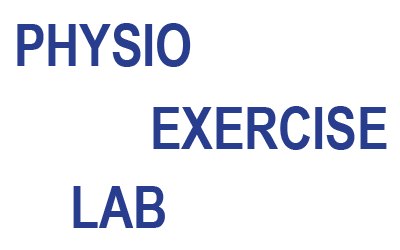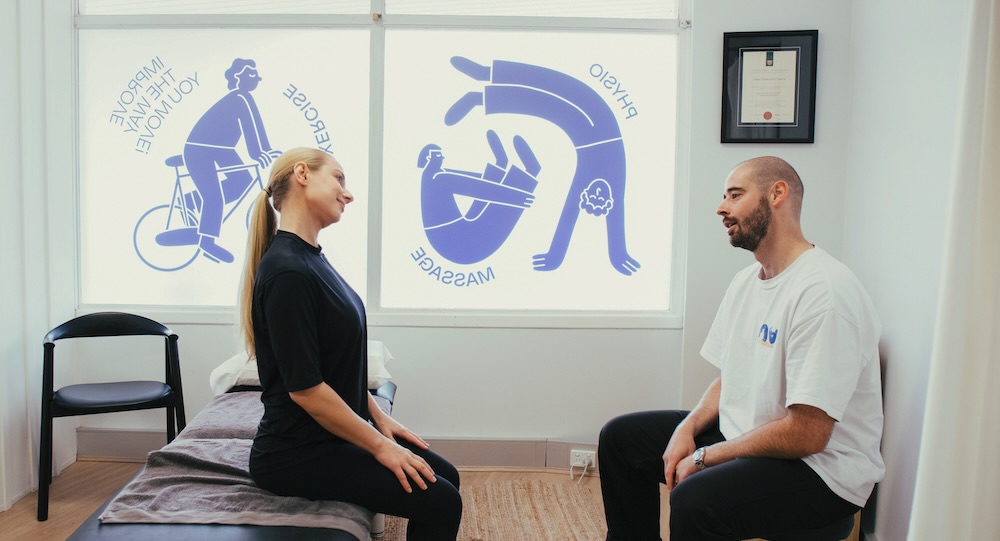Does Medicare cover physio? Yes, if you meet the eligibility requirements.
Over my 10 years working as a physio, I’ve had many clients enquire about this. As such, I’ve put together this blog covering everything you need to know about Medicare and physio, the eligibility requirements, how to claim Medicare for physiotherapy, and the differences between Medicare and private health cover so you know exactly what to expect.
Quick Summary
- Individuals in Australia may qualify to have their physiotherapy appointments covered by Medicare as long as they meet certain criteria
- To access Medicare for physiotherapy, an individual must be enrolled in Medicare, have a chronic condition or complex medical care that is managed by a GP, and obtain a referral from their GP under the Chronic Disease Management Plan
- Understanding the differences between Medicare and private health cover will help you make informed decisions about your healthcare needs and financial planning
- Medicare coverage for physiotherapy is offered through Australia’s universal healthcare system but has limits on how many sessions are covered and the range of services may be narrower than private insurance options
- Private health cover typically allows for more frequent sessions and a wider range of services but is often subject to annual limits and waiting periods
- Even if you obtain Medicare coverage for physiotherapy, you may still be responsible for gap fees
- Always double check with a physiotherapy clinic before booking an appointment to verify Medicare coverage
How to Claim Medicare for Physiotherapy
Claiming Medicare comes down to meeting the eligible criteria below.
Below are the steps to access Medicare for physiotherapy:
1. Check If You Are Eligible for Medicare in Australia
To be eligible for Medicare in Australia, you must be:
- An Australian citizen
- An Australian permanent resident
- A New Zealand citizen
- Applying for permanent residency
- A temporary resident covered by a ministerial order
You can also enrol for Medicare coverage if you are a permanent resident or a citizen of:
- Lord Howe Island
- Norfolk Island
- Christmas Island
- Cocos (Keeling) Islands
2. Enroll in Medicare
To access Medicare benefits, you need a Medicare card. If you do not already have one, you will need to enrol in Medicare to get your card.
3. Meet the Eligibility Requirements
If you are enrolled in Medicare, you still need to meet certain eligibility criteria to access coverage for physiotherapy services.
To be eligible to receive Medicare coverage for physio, you must be experiencing a chronic condition or have complex medical needs overseen by a medical practitioner.
4. Obtain a Referral from Your GP or a Medical Practitioner
Along with meeting the eligibility criteria, you need to obtain a referral from your general practitioner to receive Medicare coverage for physio.
This referral must be from your GP under the Chronic Disease Management Plan, often referred to as an Enhanced Primary Care Plan (EPC).
5. Make Sure Your Clinic Accepts Medicare
Even if you qualify for Medicare coverage for physio, not all clinics accept Medicare referrals. When booking your physio appointment, always double-check coverage beforehand and make sure a clinic accepts Medicare.
I believe everyone deserves the chance at a comfortable, pain-free life and I am proud to accept Medicare at my clinic. Still, I recommend calling prior to your appointment to verify coverage and check to see if there are any gap fees you’ll need to cover out of pocket.
5. Have your Medicare Card and GP Referral Documents At Your Appointment
Bring your GP referral documents and Medicare card to your appointment. The clinic can process your payment and referral and bill Medicare directly.
Real Life Example
I’ve noticed my patients find it helpful to see example scenarios to help explain the process.
Here’s a mock example to help demonstrate how Medicare coverage for physio works.
Getting a Referral Due to Chronic Back Pain
Sarah is a 35-year-old graphic designer living in Perth. She has been experiencing chronic back pain due to long hours at her desk job. After discussing her condition with her GP, she is advised to seek physiotherapy.
1. Visiting the GP
Sarah visits her local GP in Perth. The GP assesses her condition and concludes that her back pain is a chronic issue that would benefit from physiotherapy. The GP decides to put Sarah on a Chronic Disease Management (CDM) plan, which allows her to access Medicare benefits for physiotherapy.
2. Receiving a CDM Plan
Sarah’s GP prepares a CDM plan, which includes a referral for physiotherapy services. This plan entitles her to up to five subsidised physiotherapy sessions in a calendar year.
3. Finding a Physiotherapist
Sarah searches for a physiotherapist in Perth who accepts Medicare. She finds a clinic nearby and ensures they are comfortable billing Medicare directly.
4. First Physiotherapy Session
At her first session, Sarah presents her Medicare card and CDM referral. The physiotherapist reviews her condition and begins treatment. After the session, the clinic bills Medicare directly for the cost.
5. Out-of-Pocket Costs
The Medicare rebate covers part of the session cost, but there is a gap fee that Sarah pays out-of-pocket. This fee varies depending on the physiotherapist’s charges.
6. Subsequent Sessions
Sarah continues her treatment, attending four more sessions as part of her CDM plan. Each time, she pays the gap fee after Medicare’s contribution.
7. Reassessing Her Needs
After completing the five sessions, Sarah’s back pain has significantly improved. If she requires more sessions, she can discuss this with her GP, who may adjust her CDM plan or provide other options.
8. Outcome
By following her GP’s advice and utilising the CDM plan, Sarah is able to access affordable physiotherapy services in Perth through Medicare. This process helps manage her chronic back pain while keeping the costs within a manageable range.
Medicare vs Private Health Coverage
For physiotherapy coverage in Australia, it’s essential to understand the differences between Medicare and private health cover. This comparison will help you make informed decisions about your healthcare needs and financial planning.
The Differences Between Medicare vs Private Health
To put it simply, Medicare offers physiotherapy coverage, but it’s limited and usually part of the Chronic Disease Management plan. This means there could be extra costs for you.
Private health insurance, however, often covers a wider range of physiotherapy services and might even cover the full cost of sessions, though it usually includes annual limits and waiting periods.
Check out the table below for a more in-depth analysis:
| Difference | Medicare | Private Health Insurance |
|---|---|---|
| Healthcare System | Australia’s universal healthcare system, providing access to a range of healthcare services, including limited physiotherapy services. | Offers more comprehensive physiotherapy coverage options compared to Medicare. |
| Physiotherapy Coverage | Coverage under Medicare for physiotherapy is often part of the Chronic Disease Management (CDM) plan. Patients with chronic conditions, upon a GP’s referral, can access subsidised sessions. | Plans vary, but many include more physiotherapy sessions than Medicare, with some plans covering the full cost of each session. |
| Consultation Fee | Medicare covers a portion of the consultation fee, but there may be out-of-pocket costs depending on the physiotherapist’s fees. | Coverage is often subject to annual limits and waiting periods, depending on the chosen plan. |
What Can You Expect to Pay for Each of Them?
With Medicare, you will typically pay a gap fee as the full cost of your session is not usually covered while the cost depends on your level of coverage with a private health provider.
| Coverage Type | Cost Expectations |
|---|---|
| Medicare |
|
| Private Health |
|
Coverage Comparison
Medicare generally limits access to up to five subsidised physiotherapy sessions per year while private health plans typically provide more frequent sessions.
| Coverage Type | Service Range |
|---|---|
| Medicare |
|
| Private Health |
|
Conclusion
After 10 years in the industry, I’ve seen amazing improvements in the well-being of hundreds of patients largely thanks to Medicare.
If you live in Australia and have a chronic condition, you may be eligible for Medicare coverage for physiotherapy services if you meet certain criteria.
To access Medicare coverage for physio, you must be enrolled in Medicare and obtain a referral from your GP under the Chronic Disease Management Plan.
Medicare coverage for physiotherapy is offered through Australia’s universal healthcare system but has limits on how many sessions are covered and patients may still be responsible for gap fees.
Private health cover often allows for more frequent sessions and a wider range of services but is often subject to annual limits and waiting periods.
Always double check with a clinic before booking an appointment to verify Medicare coverage.











